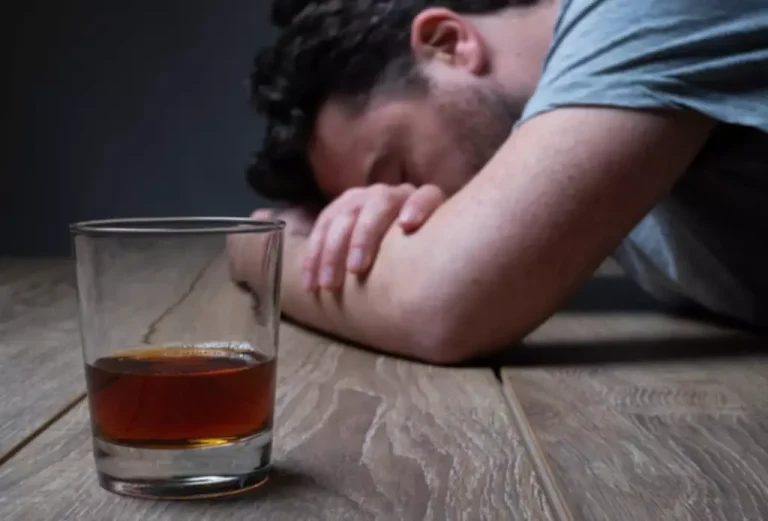
Feelings of denial, depression, compulsion, and obsession are lessened, allowing someone to be more present and feel better without the belief that substances are the only means to peace or joy. The added support of an art therapist in addition to other methods like detox medication, support groups, and ongoing medical supervision can greatly enhance the experience on the road to recovery. Oftentimes there is trauma, compulsion, and pain involved in substance use disorders. Such types of addictions, called co-occurring disorders, require patients to heal the underlying trauma and provide awareness. If a patient suffers from alcoholism and depression, the therapist can be present to notice any patterns and inform the participant of observations.
Mental Health Resources
Sculpture work offers a unique opportunity for expressing inner struggles. The tactile nature of working with clay or other materials can be grounding and therapeutic. Individuals might create sculptures representing their addiction, their recovery journey, or their vision for their future selves. The three-dimensional aspect of sculpture allows for a more holistic exploration of complex emotions and experiences.

Phone, Video, or Live-Chat Support
Some individuals may resonate more with certain materials or techniques than others. A skilled art therapist will work with each person to find the most effective and engaging approaches. The simple act of drawing is in itself a peaceful activity, and zentangles have risen in popularity as a therapeutic https://ecosoberhouse.com/ use for many forms of mental challenges. Zentangles are drawn patterns inside tiles that help provide peaceful feelings that help the viewer refocus their mind and become present at the moment. For many in addiction recovery, a coping mechanism can help individuals cope and deal with specific challenges.

Implementing Art Therapy in Different Stages of Recovery
At Discover Recovery, we work with a wide variety of health insurance providers so those in need can get access to the treatment they need. That means you (or your loved one) won’t have to worry about covering the cost of treatment. Instead, all of your energy and focus can be spent where it’s really needed, which is on overcoming addiction. Combined with talk therapy, art therapy can help people process emotions art therapy for addiction while improving self-confidence and self-awareness. Professionals have used art therapy to help clients with a wide range of conditions, including emotional, physical, and psychological problems as well as with various diseases and disorders. Naumberg believed that art therapy could promote healing by helping people uncover repressed thoughts and emotions while providing a framework to discuss them.

This externalization can provide a sense of distance and perspective, making it easier to process difficult feelings and experiences. Some common techniques include creative writing, where you may be given an initial prompt or a specific topic to explore. This can help focus your thoughts, serving as a healthy outlet for expressing your feelings. Additionally, creating art in a free form, such as painting or drawing, can be therapeutic and provide an opportunity to refocus your energy.
Art Therapy For Addiction Recovery
- In the labyrinth of addiction recovery, NA stands as a beacon of hope, offering a lifeline to those grappling with substance abuse….
- 35-days of effective integration of customized quality therapy reconnected my mind, body, spirit, and I am worth it!
- Here you’ll find a collection of projects that will help you be happy about what you have and express your gratitude for it.
- This project is ideal for individuals who may feel lost, overwhelmed, and even isolated.
- If you are considering a career in art therapy, it’s worth noting that the field is expected to grow.
Guided imagery drawing combines visualization techniques with art-making to promote relaxation and reduce stress. Measuring progress and outcomes in art therapy can be challenging, as the benefits are often subjective and deeply personal. However, many treatment programs use a combination of self-reporting, behavioral observations, and standardized assessments to track the impact of art therapy on overall recovery outcomes. If you’re creating a self-care box, have the participants add items that represent to them the idea of support and self-help. Give them a moment to reflect on what activities, people, or things help them feel good. These can be as simple as notes on scraps of paper that mention goals the person wants to achieve or affirmations that evoke positive emotions.

What are the Benefits of Art Therapy?
- Transformational collage is a powerful art therapy exercise that encourages individuals in addiction recovery to visualize the changes they wish to see in their lives.
- As we look to the future, the role of art therapy in addiction treatment is likely to continue expanding.
- But what exactly does art therapy look like in the context of addiction recovery?
- Banyan’s Chicago addiction treatment center is sharing more about the benefits of art therapy for addiction and some art therapy activities that can make recovery more positive.
- Often, art therapy involves activities like painting, drawing, photography, pottery, or other hands-on creative tasks.
- Containment occurs in a specific branch of art therapy called mandala art therapy, which encourages a client to confine their drawings to a circle.



現在就與我們聯絡
專人為你評估最合適方案